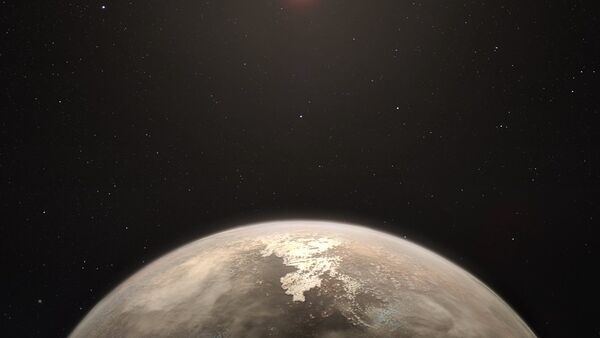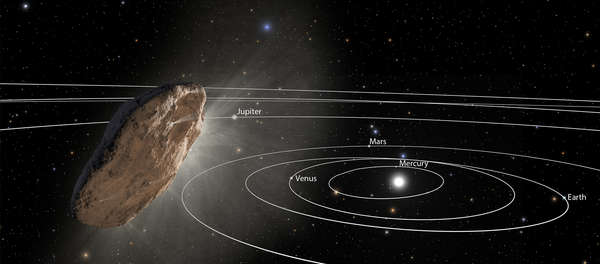US astronomers have discovered the farthest body ever observed in our solar system. The object was spotted by the Carnegie Institution for Science's Scott S. Sheppard, the University of Hawaii's David Tholen and Northern Arizona University's Chad Trujillo.
The discovery team gave it the provisional designation 2018 VG18, as well as a catchier nickname, Farout. It suits 2018 VG18 perfectly, given that the object is about 120 times farther from the Sun than Earth. It is likely a spherical dwarf planet, the scientists say, and has a pinkish hue — something that hints that it is rich in ice.
READ MORE: Astronomers Detect Another Possible 'Alien Megastructure' Star
The team has been searching for Planet X, a massive hypothetical planet far out in the Solar System, which could be affecting the orbits of smaller faraway objects. As part of this search, they have discovered space bodies nicknamed The Goblin and Biden.
They claim that it will take several years to study Farout, but they have already found that it has an unusual orbit similar to that of other extreme objects lurking in the outskirts of the Solar System. The likes of Farout, The Goblin and Biden are too far away from the giants Jupiter and Neptune to be affected by their gravitational pull. This supports astronomers' account of Planet X, whose large gravity could have shaped the orbits of smaller objects.
"The orbital similarities shown by many of the known small, distant Solar System bodies was the catalyst for our original assertion that there is a distant, massive planet at several hundred AU (Astronomic Units — the distance between Earth and the Sun) shepherding these smaller objects", said Sheppard.




